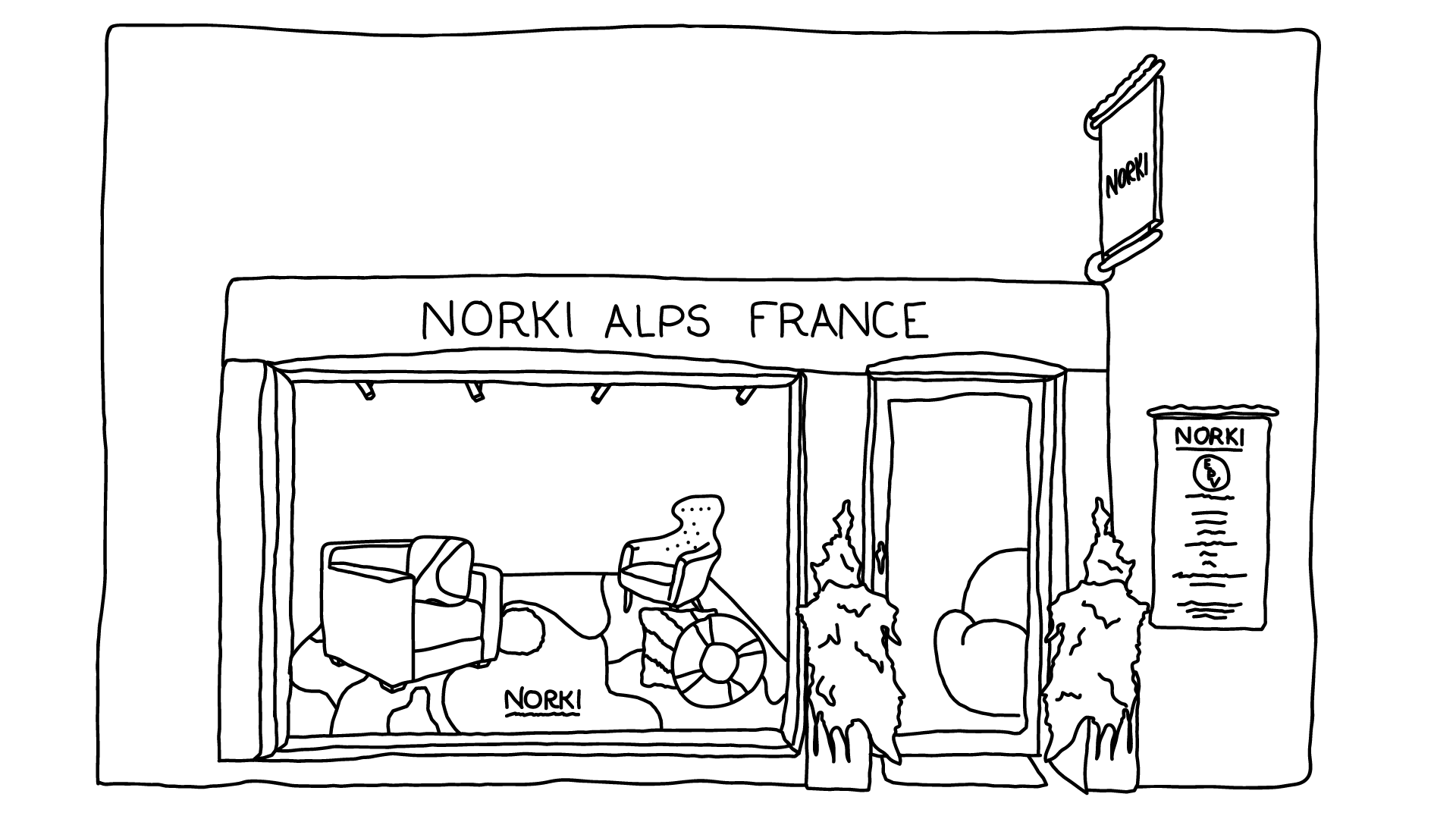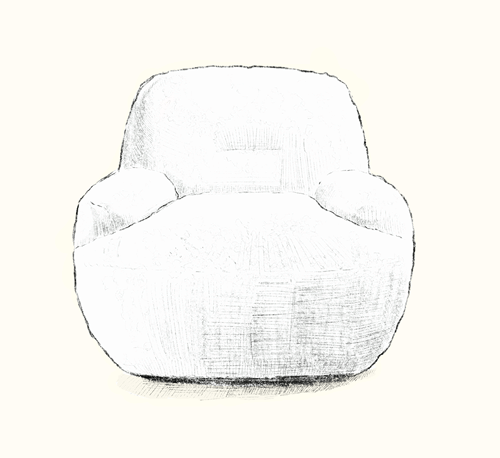Mageva Lookbook | The Most Beautiful Chalets of the Alps
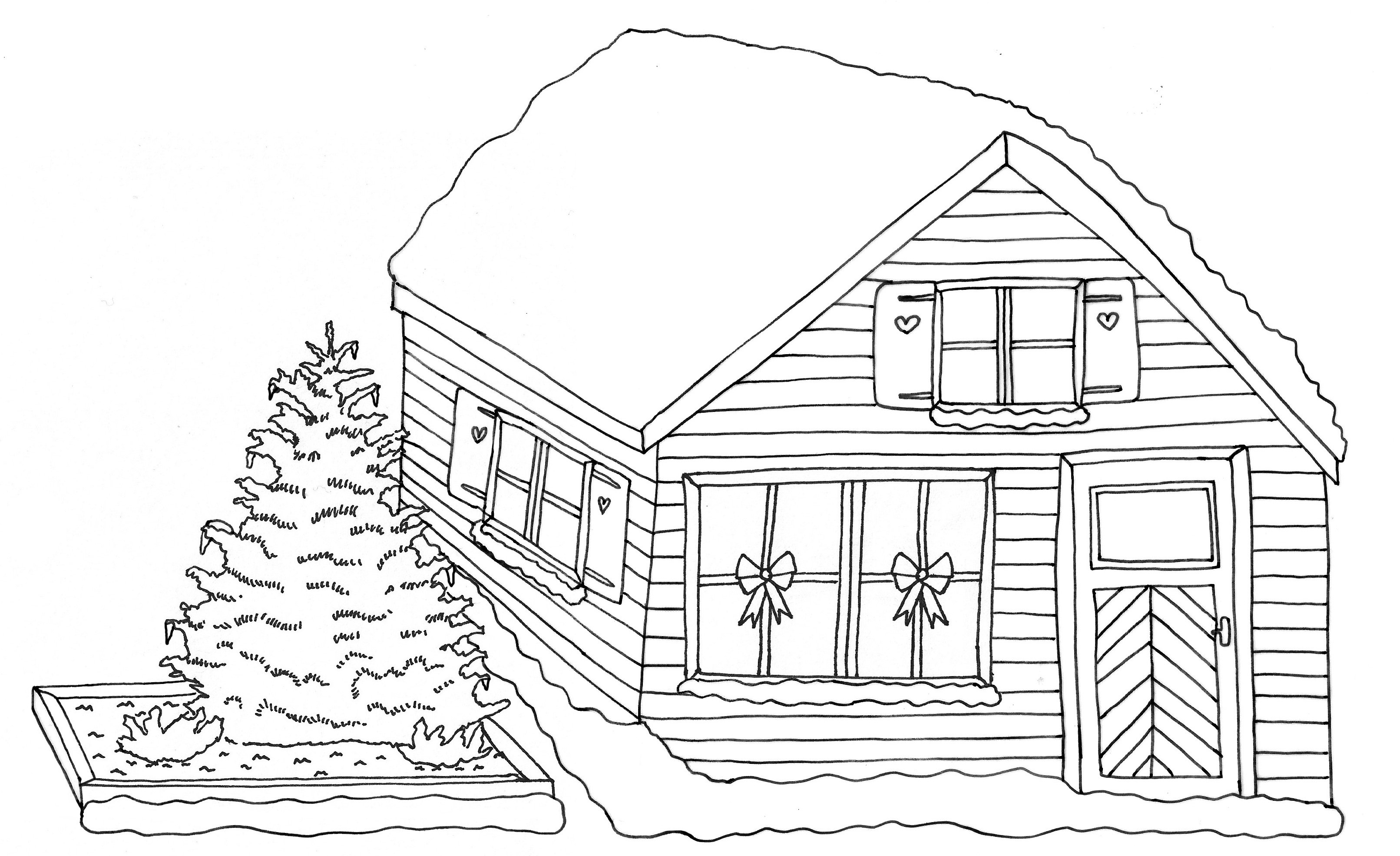
Megève: in the heart of French Alps
Megève is more than a simple ski resort. This alpine village, with its cobblestone streets and its picturesque chalet, tells a fascinating story of transformation and glamour. Once a modest farming village, Megève was able to capture the imagination and the heart of numerous visitors thanks to its timeless cham and its aesthetic appearance. In 100 years, Megève has upgrade to became one of the most popular ski resort attracting internationals customers composed of royale families, celebrities and winter sports lovers.
Travel through 100 years of history and discover the incredible story of the town of Megève. From small village to iconic ski resort; the incredible story of Megève, from its humble origins to its current renown.
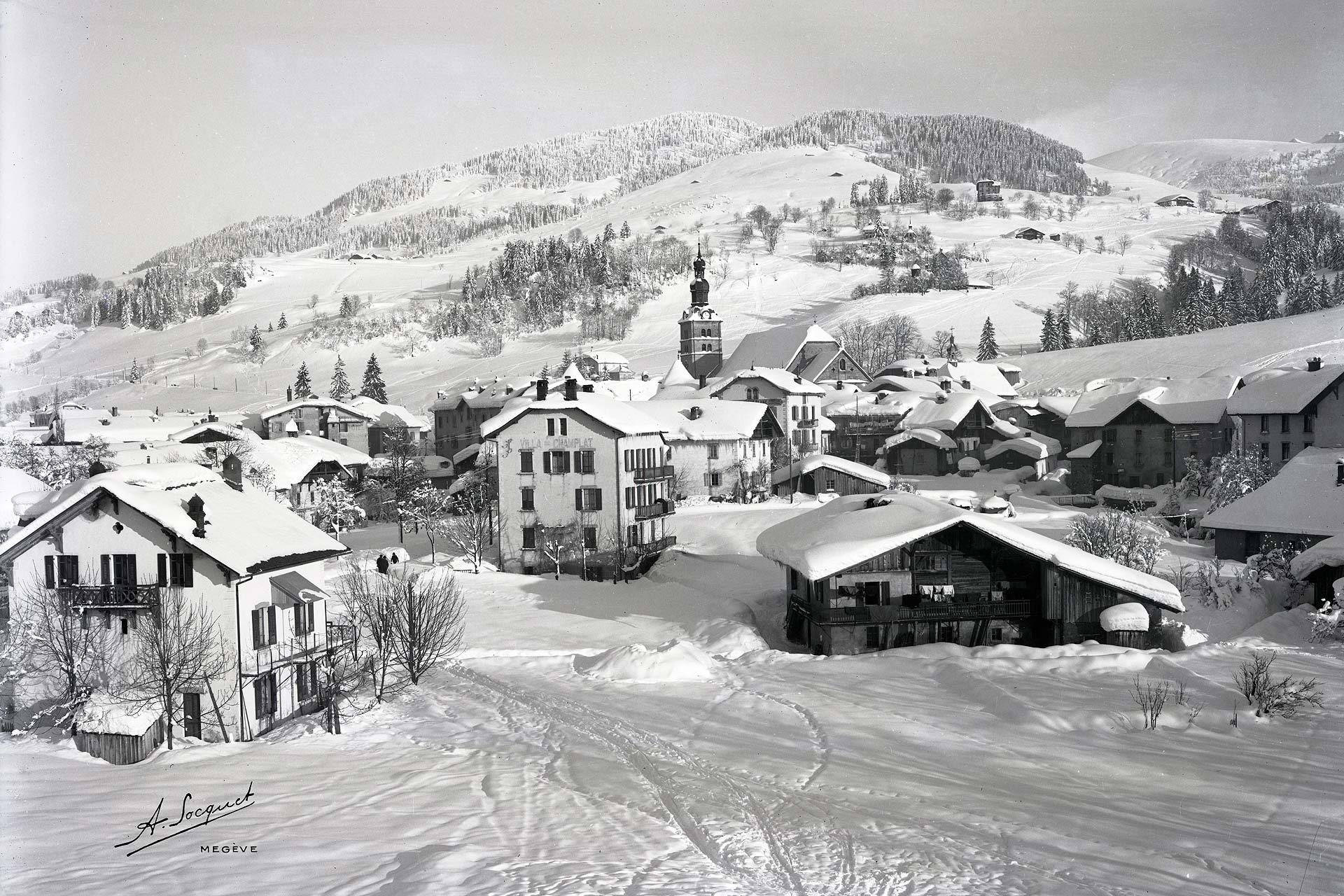
Once upon a time in Megève
Megève, a name that resonates today as a dream destination, was once a simple mountain village. Situated at an altitude of 1,113 metres, Megève is nestled in the Arly valley, surrounded by majestic mountains.
The first traces of settlement date back to Roman times, but it wasn't until the Middle Ages that the village began to take shape. The inhabitants lived mainly from farming and livestock rearing, taking advantage of the rich alpine pastures for their herds.
The village has survived the centuries, preserving its authenticity and traditions. Until the early 20th century, Megève was largely unknown to the general public, living to the rhythm of the seasons and agricultural work. It was a place where life was simple and where the community played a central role in everyone's daily life.
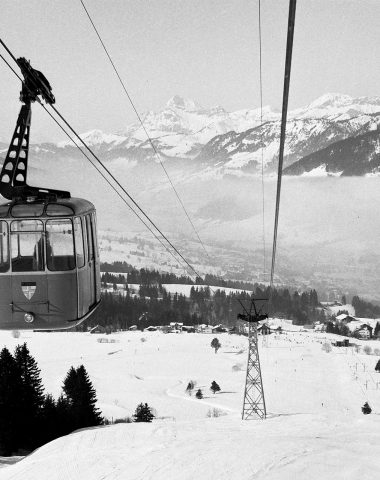
The Rothschild family soul
The history of Megève took a decisive turn in the early 1920s, with the arrival of the Rothschild family. It was Baroness Noémie de Rothschild who, after being disappointed by the ski resort in Saint-Moritz in Switzerland, decided to create a prestigious ski resort in France. Her ski instructor, Trygve Smith, suggested Megève. In 1916, she visited the village for the first time and discovered the Mont d'Arbois plateau. She chooses Megève, attracted by the beauty of the place and the potential of its slopes.
Under the impetus of the Baroness, Megève began to change. She built the Palais des Sports and the legendary Mont d'Arbois hotel, which quickly became a meeting place for Europe's elite. The Baroness's vision was to create a resort where luxury and elegance blended harmoniously with traditional Alpine charm.
The Rothschilds' contribution to Megève was not limited to the luxury hotel business. They also played a crucial role in the development of the ski infrastructure, helping to make Megève a leading winter sports destination. Their influence is still felt today, both in the architecture and in the chic, sophisticated atmosphere of the resort.
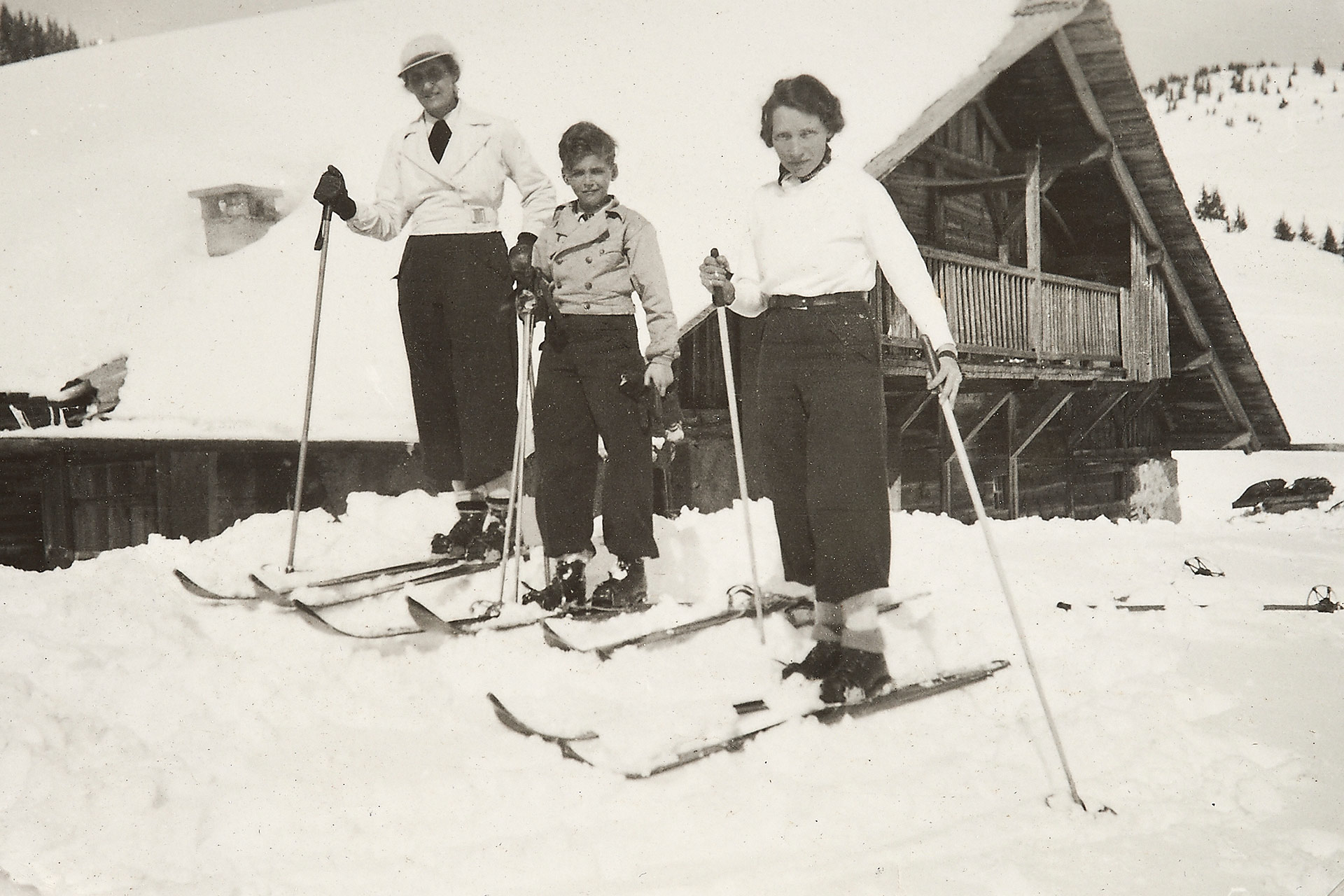
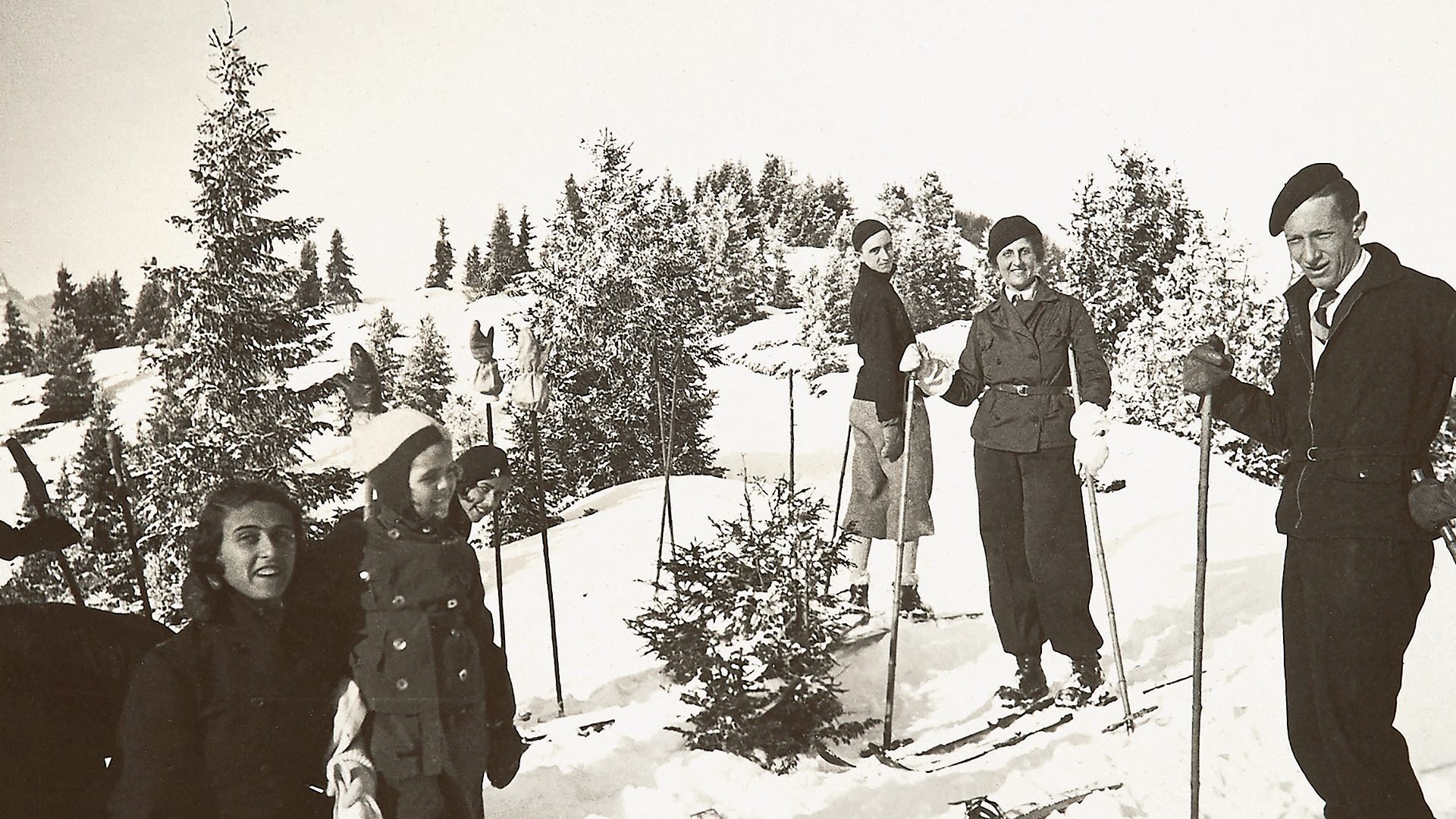
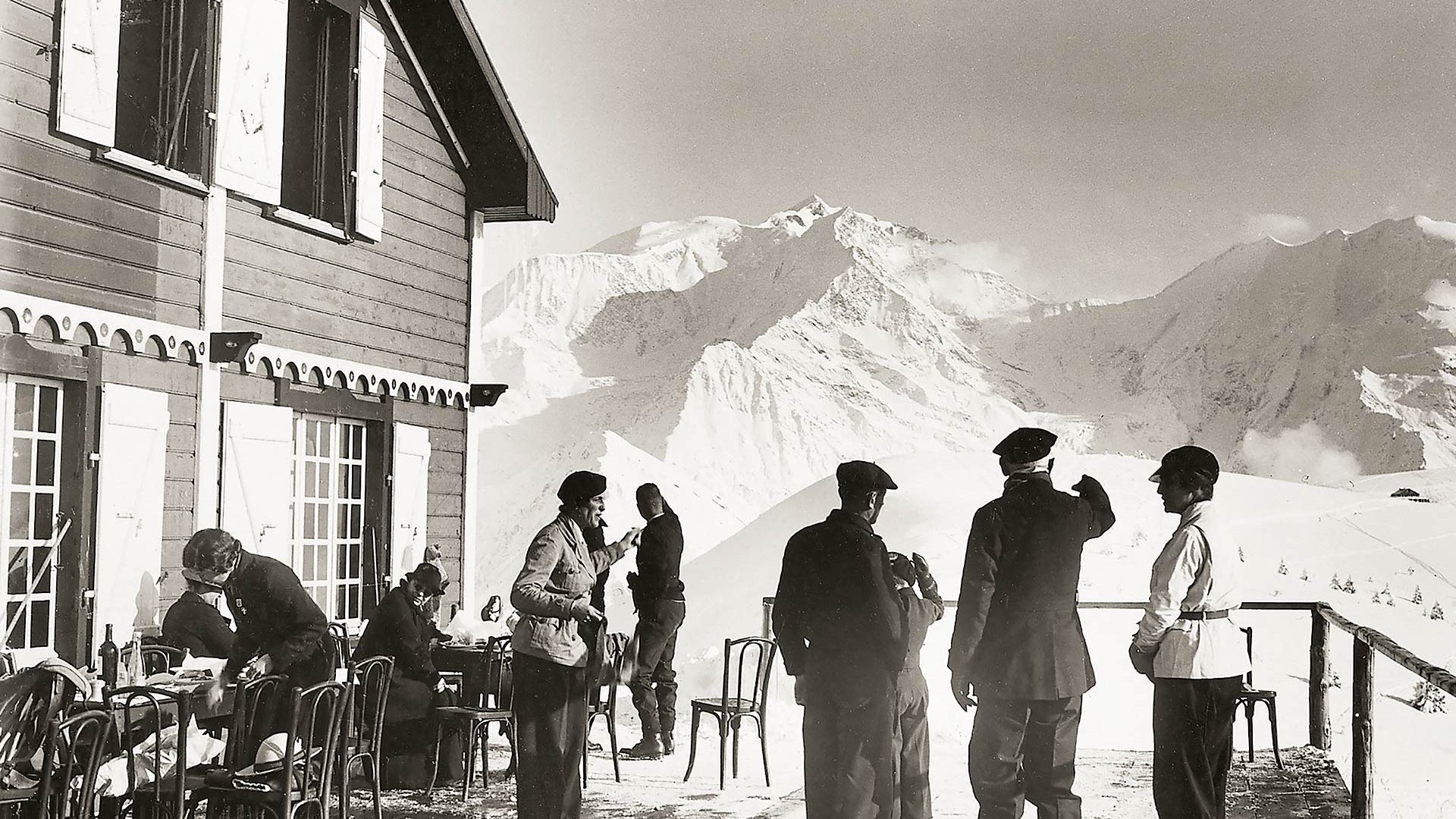
Megève before the Rothschild
Before the arrival of the Rothschild family, Megève was a quiet and calm village, far away of the social concerns. Mégevan’s life was rhythmed by the seasons and farm labour. During summer, pastures was full of flocks, and during the winter, the village was covered in a thick blanket of snow, making it difficult to get around.
The local economy was mainly based on agriculture, livestock farming and crafts. The inhabitants lived in relative autarky, making the most of the surrounding natural resources. Tourism was virtually non-existent, and only a few adventurers dared to venture into this isolated region to enjoy the Alpine scenery.
The village also had a strong religious tradition, with the church of Saint-Jean-Baptiste, built in the 13th century, serving as a gathering point for the community. Religious festivals and local fairs were important moments in the life of Mégevane, strengthening the social ties between the inhabitants.
Megève after the Rothschild
The arrival of the Rothschild family marked the beginning of a new era for Megève. The transformation of the village into a luxury ski resort quickly attracted a wealthy clientele in search of refinement and exclusivity. The infrastructure was modernised, with the construction of new hotels, chalets and restaurants, while preserving the authenticity and charm of the Alps.
The number of ski slopes increased, offering a variety of challenges to winter sports enthusiasts. Megève is also becoming a place for après-ski, with elegant boutiques, luxurious spas and a lively nightlife. The resort hosts prestigious events such as international ski competitions and music festivals, reinforcing its reputation as a glamorous destination.
The Rothschilds' influence is also felt in the cultural and artistic spheres. Megève attracted artists, writers and intellectuals, who found a source of inspiration and serenity here. Cultural initiatives proliferated, with exhibitions, concerts and conferences all helping to enrich local life.
90 years of the first cable car
In 1933, Megève saw the inauguration of France's first cable car, the ‘Téléphérique de Rochebrune’. This emblematic achievement, financially backed by Sallanches businessman Charles Viard, represented a major step forward in the development of winter sports resorts in France.
Located at the foot of Rochebrune mountain, the cable car provided easy access to the ski slopes, contributing to Megève's growing popularity as a winter tourist destination. Known for its iconic red hut, which is almost a hundred years old, the cable car was a testament to the modernism and innovation of the time.
This pioneering ski lift could transport 96 skiers an hour, over a ten-minute journey, up to an altitude of 1,750 metres. This achievement marked a revolutionary step in the history of skiing, facilitating access to snow-covered heights and transforming the winter sports experience for future generations.
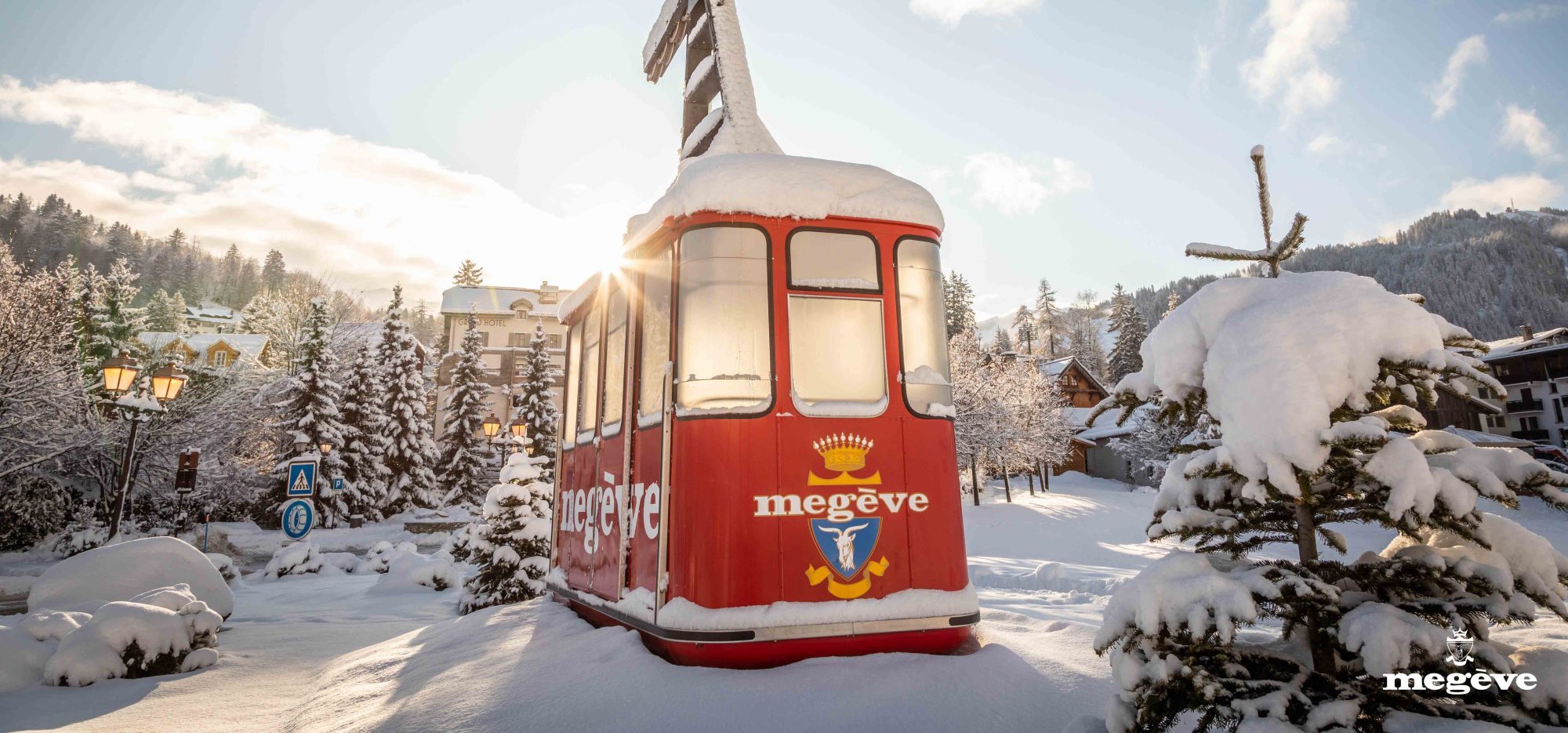
Megève, a world famous destination
Today, its history, marked by the influence of the Rothschild family and the richness of its heritage, makes it a unique place where Alpine charm meets luxury and elegance.
Whether you're a winter sports enthusiast, a lover of culture and luxury or simply looking to relax, Megève offers you an unforgettable experience, steeped in history and refinement.
Norki has chosen Megève as the place to combine tradition and modernity in the field of French high mountain decoration. The Norki Alps France boutique is open and warmly welcomes you at 35 passage des 5 rues in Megève.
